Spiritual life has always held a sacred place in the hearts of Vietnamese people, serving as a source nurturing cultural and ethical values across generations. Amidst the hustle and bustle of modern life, the need to seek tranquility and peace is increasingly strong. Spiritual tourism has emerged as an inevitable trend, not only a journey to explore architectural beauty and landscapes but also an opportunity for each person to quiet their minds, regain balance, and connect with deep spiritual values. This article will guide you to discover the most famous spiritual destinations in Vietnam, where every step touches the roots of culture and awakens sacred emotions.
What is Spiritual Tourism and Why Choose It?
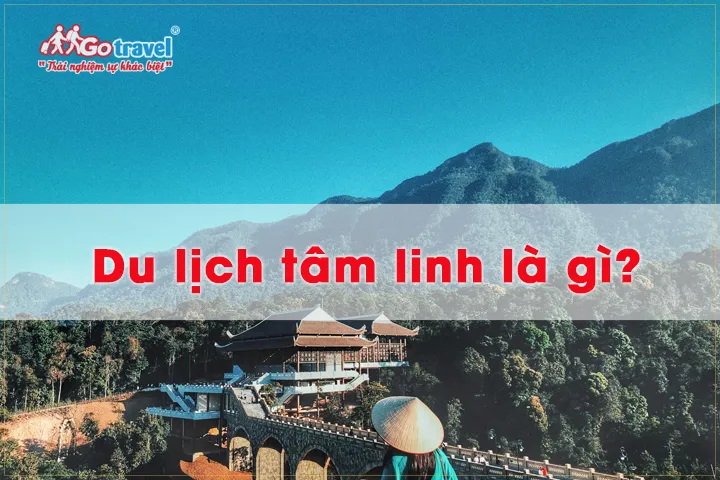
Spiritual tourism is a special type of tourism where spiritual, religious, and cultural elements play a central role. Unlike ordinary exploration trips, spiritual tourism aims to satisfy spiritual needs, connecting people with sacred values. Spiritual tourist destinations are often associated with:
- History: Historical sites that mark important events and the merits of ancestors.
- Religion: Pagodas, churches, temples, and other religious establishments, places to practice faith and seek enlightenment.
- Beliefs: Communal houses, temples, shrines, and other places of worship according to folk beliefs, expressing gratitude and praying for peace.
- Spiritual values: Tranquil spaces, majestic natural landscapes, helping people relax, calm their minds, and contemplate life.
Why is spiritual tourism increasingly popular?
- Seeking peace: In a life full of worries, people yearn to return to peaceful places to relieve stress and find peace of mind.
- Exploring culture: Spiritual tourism is an opportunity to learn more deeply about the culture, history, and beliefs of the nation, cherishing traditional values.
- Spiritual connection: Many people turn to spiritual tourism to pray, express their sincerity, and seek protection and guidance from supernatural forces.
- Unique experiences: Spiritual tourism offers different experiences, from admiring ancient architecture and participating in traditional festivals to meditating and calming the mind in nature.
Popular Types of Spiritual Tourism
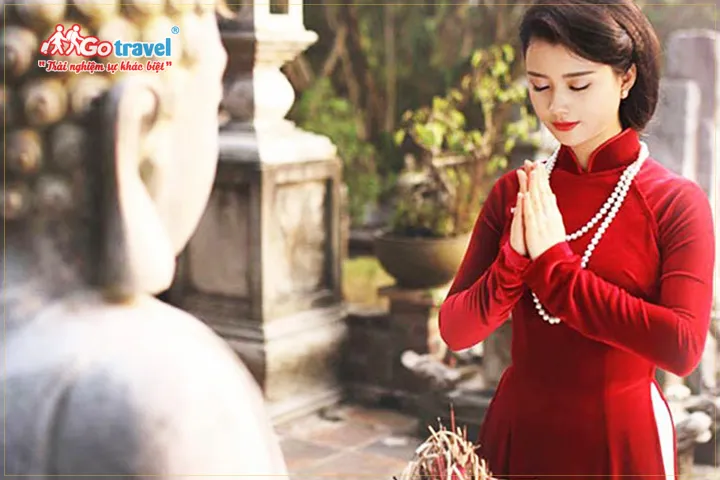
Spiritual tourism is not just about going to pagodas to pray for luck, but also includes many diverse forms, meeting different needs of tourists:
- Visiting religious establishments: This is the most common form, including visiting pagodas, churches, and temples to admire architecture, learn about history and religious culture.
- Pilgrimage and worship: Tourists come to sacred places to worship, pray, express their sincerity, and wish for blessings.
- Meditation and mindfulness: Some people choose spiritual tourism to seek silence, participate in meditation or yoga retreats, or simply immerse themselves in nature to relax and improve mental health.
- Learning about philosophy and doctrine: Spiritual tourism can also be a journey to explore religious philosophies and doctrines, helping people broaden their knowledge and find direction in life.
Explore the Most Famous Spiritual Destinations in Vietnam
1. Con Dao: Sacred and Heroic Land
Con Dao is not only famous for its pristine natural beauty but also a special spiritual land. This place was once a hell on earth, imprisoning and sacrificing countless staunch revolutionary soldiers. Today, Con Dao has become a spiritual destination attracting many tourists, especially those who want to commemorate the merits of heroic martyrs and learn about the nation’s heroic history of struggle.
Spiritual tourist attractions not to be missed in Con Dao:
- Hang Duong Cemetery: The resting place of thousands of revolutionary soldiers and patriots, including the grave of female hero Vo Thi Sau. Visiting Hang Duong Cemetery is a sacred experience, helping each person deeply feel the value of peace and freedom.
- Con Dao Prison: Historical relic marking the crimes of colonialism and imperialism, while also showing the indomitable spirit of communist prisoners. Visiting Con Dao Prison is an emotional journey back in history.
- Mieu Ba Phi Yen (An Son Mieu): The temple dedicated to Ba Phi Yen, the consort of Lord Nguyen Anh, who is revered and admired by the people of Con Dao. Mieu Ba Phi Yen is not only a spiritual site but also an architectural work imbued with traditional culture.
- Nui Mot Pagoda (Van Son Tu): An ancient pagoda located on the top of Mount Mot, with a panoramic view of Con Dao. Nui Mot Pagoda is an ideal place to seek tranquility and admire the majestic natural beauty.
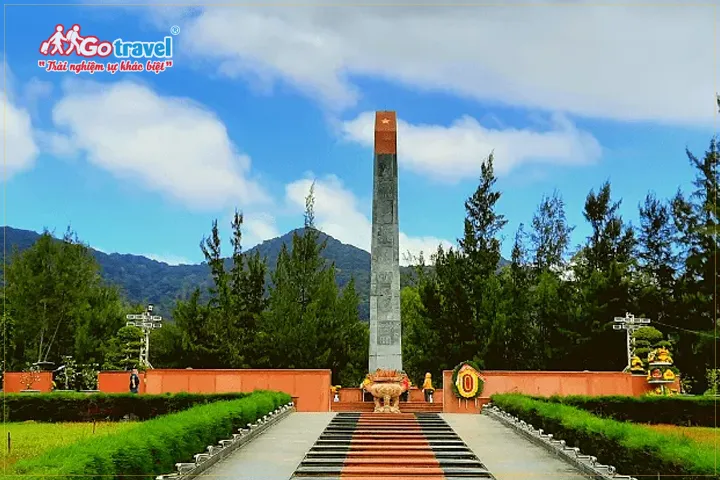
Every year, tens of thousands of tourists flock to Con Dao for pilgrimage, commemoration, and prayer. Con Dao is not only a famous spiritual tourist destination but also a symbol of patriotism and the indomitable spirit of the Vietnamese people.
2. Da Nang: Coastal City Beside Sacred Pagodas
Da Nang is not only a dynamic coastal city with beautiful beaches and modern buildings, but also a place where many sacred pagodas converge, bearing the imprint of Buddhist culture. Tourists come to Da Nang not only for relaxation but also to find spiritual places, pray for peace, and admire the unique architecture of the pagodas.
Famous pagodas in Da Nang:
- Linh Ung Pagoda Bai But: The largest pagoda in Da Nang, located on Son Tra Peninsula, famous for the tallest statue of Avalokiteśvara Bodhisattva in Vietnam. Linh Ung Pagoda Bai But is a must-visit destination when traveling to Da Nang, where visitors can pray, sightsee, and enjoy the peaceful space.
- Linh Ung Pagoda Non Nuoc (Marble Mountains): An ancient pagoda located in the Marble Mountains scenic complex, bearing historical and cultural imprints. Linh Ung Pagoda Non Nuoc is a place for visitors to learn about Buddhism and admire exquisite stone sculptures.
- Quan The Am Pagoda: The pagoda is famous for the Quan The Am festival held annually, attracting many Buddhists and tourists from all over. Quan The Am Pagoda is a major Buddhist center of Da Nang, preserving and promoting Buddhist cultural values.
- Other pagodas: In addition, Da Nang also has many other sacred pagodas such as Bat Nha Pagoda, Nam Son Pagoda, and Thien Lam Pagoda, each pagoda has its own beauty and spiritual value.
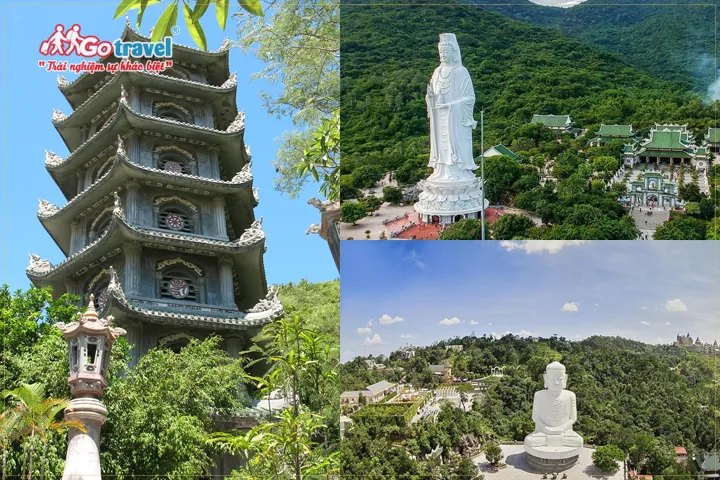
Coming to Da Nang, visitors can not only immerse themselves in the vibrant atmosphere of the coastal city but also find peace and tranquility in the ancient and sacred pagodas.
3. Ninh Binh: Trang An – Ancient Capital Land with Eternal Spiritual Values
Ninh Binh, the ancient capital of Hoa Lu, is not only famous for its magnificent natural scenery but also a place that preserves deep cultural, historical, and spiritual values. Trang An Scenic Landscape Complex, recognized by UNESCO as a World Cultural and Natural Heritage, is the most attractive spiritual tourism destination in Northern Vietnam.
Outstanding spiritual tourist attractions in Trang An – Ninh Binh:
- Bai Dinh Pagoda: Bai Dinh Pagoda complex is a massive and magnificent Buddhist architectural work, famous for many Vietnamese and Asian Buddhist records. Bai Dinh Pagoda is a large pilgrimage center, especially during the New Year festival season.
- Hoa Lu Ancient Capital Relic Area: The first capital of the Vietnamese feudal centralized state, where kings Dinh Tien Hoang, Le Dai Hanh, and ancestors who contributed to building the country are worshiped. Hoa Lu Ancient Capital is an important historical relic, expressing gratitude and respect for ancestors.
- Temples and shrines in Trang An complex: Trang An also has many temples and shrines dedicated to gods, saints, and historical figures, showing the rich folk beliefs of Vietnamese people. Visitors can visit Den Tran Temple, Phu Khong Shrine, Phu Dot Shrine, and many other sacred places.
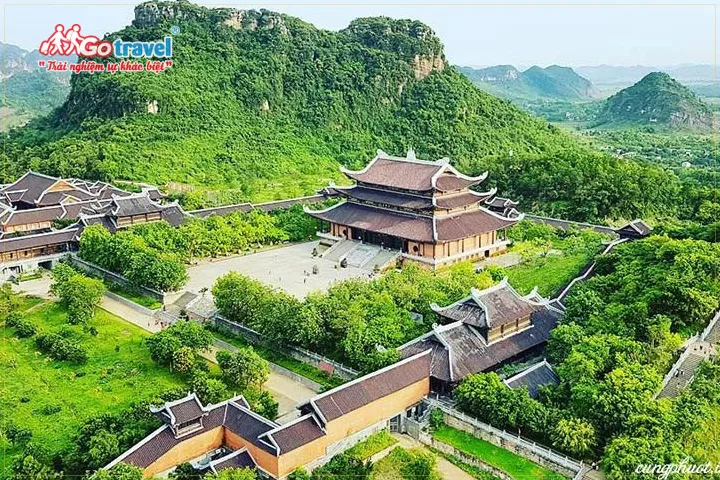
Traveling to Trang An – Ninh Binh is a journey to explore the magnificent natural beauty, learn about heroic history, and feel the peaceful and tranquil spiritual space.
4. Tay Yen Tu: Pilgrimage to the Origin of Truc Lam Buddhism
Tay Yen Tu, Bac Giang is a sacred land associated with the Truc Lam Yen Tu Zen sect founded by King Tran Nhan Tong. Tay Yen Tu spiritual and ecological tourist area was built to recreate the path of practice and propagation of Buddhism of the King Buddha, and to exploit the spiritual and ecological tourism potential of Yen Tu mountain area.
Important spiritual destinations in Tay Yen Tu:
- Ha Pagoda, Trung Pagoda, Thuong Pagoda: The three most ancient and sacred pagodas on Yen Tu Mountain, where King Tran Nhan Tong practiced and preached Buddhism. Pilgrimage to Thuong Pagoda is an arduous but meaningful journey, helping visitors train their will and seek enlightenment.
- Am Vai Pagoda: An ancient pagoda hidden deep in the forest, with pristine and tranquil beauty. Am Vai Pagoda is an ideal place for meditation and immersing oneself in nature.
- Cable car system and service area: To serve pilgrims, Tay Yen Tu has built a modern cable car system and convenient service area, making travel and sightseeing easier.
Traveling to Tay Yen Tu is a journey to the origin of Truc Lam Buddhism, learning about the life and career of King Tran Nhan Tong, and admiring the majestic natural beauty of Yen Tu mountains and forests.
5. Perfume Pagoda (Huong Son): The Largest Spiritual Festival in Northern Vietnam
Perfume Pagoda, Hanoi is a famous religious relic complex and scenic spot, attracting millions of tourists every year, especially during the festival season. Perfume Pagoda is not only a spiritual tourist destination but also a cultural and religious symbol of Vietnamese people.
Main spiritual attractions at Perfume Pagoda:
- Den Trinh ( trình temple): The first stop when entering Perfume Pagoda, where visitors perform a ritual before making a pilgrimage up the mountain.
- Thien Tru Pagoda: The largest pagoda and center of the Perfume Pagoda complex, where many important festival activities take place.
- Huong Tich Cave: The most beautiful and sacred cave in Perfume Pagoda, known as “The First Cave of the South.” Huong Tich Cave is a must-visit destination when traveling to Perfume Pagoda.
- Other pagodas and caves: In addition, Perfume Pagoda also has many other pagodas and caves such as Giai Oan Pagoda, Thanh Son Pagoda, Long Van Pagoda, Huong Dai Cave, Tuyet Son Cave, each place has its own beauty and story.
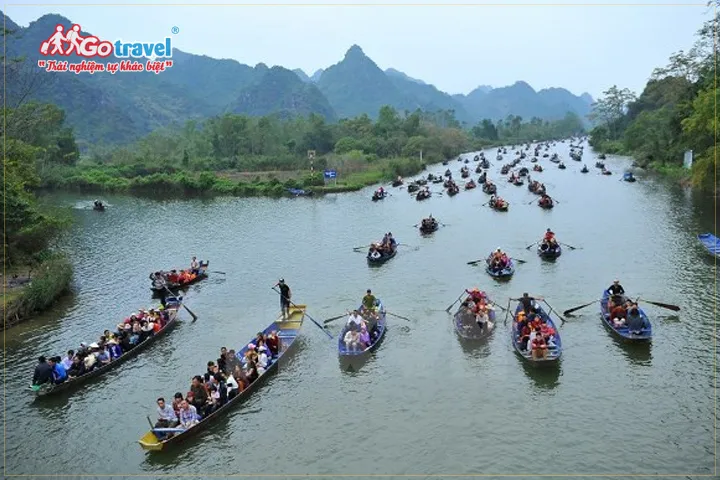
Perfume Pagoda Festival takes place in spring, an opportunity for visitors to make pilgrimages, pray, and immerse themselves in the bustling festival atmosphere, rich in national cultural identity.
6. Hue: Dreamy Ancient Capital and Spiritual Land
Hue, the ancient capital of Vietnam, is not only famous for its unique imperial architecture and ancient tombs but also a spiritual land rich in cultural traditions. Hue is home to many sacred pagodas and temples, bearing the imprint of history and Buddhist culture.
Famous spiritual tourist attractions in Hue:
- Thien Mu Pagoda: The most ancient and famous pagoda in Hue, located on the banks of the romantic Perfume River. Thien Mu Pagoda is a symbol of Hue, associated with many historical and cultural stories.
- Tombs of Nguyen Emperors: The tomb complex of Nguyen Emperors is not only a unique architectural work but also a place to express the ancient people’s beliefs about spirituality and feng shui. Khai Dinh Tomb, Tu Duc Tomb, and Minh Mang Tomb are attractive destinations for tourists.
- Hue Imperial City (Dai Noi Hue): The ancient citadel of the Nguyen Dynasty, where important political, cultural, and religious activities took place. Hue Imperial City is a world cultural heritage, bearing the imprint of history and imperial architecture.
- Other pagodas: Hue also has many other ancient and sacred pagodas such as Tu Dam Pagoda, Thien Lam Pagoda, Truc Lam Zen Monastery, each pagoda has its own beauty and spiritual value.
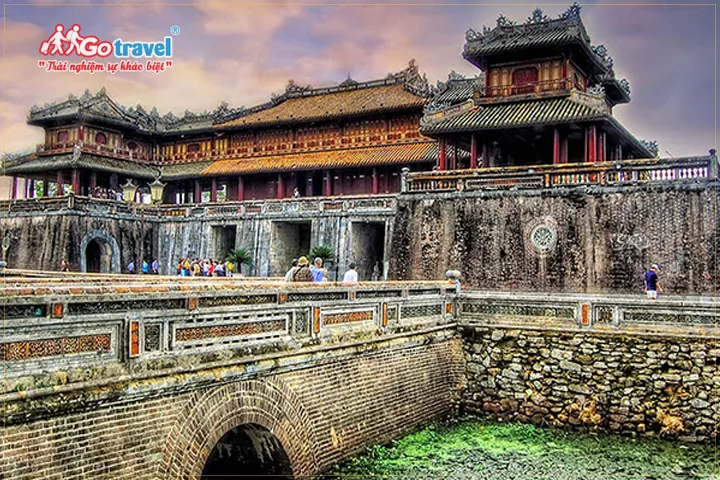
Traveling to Hue is a journey to explore the ancient and dreamy beauty of the ancient capital, and to learn about the history, culture, and spirituality of this land.
Conclusion
Spiritual tourism is not only a trend but also a deep need of people in modern society. The famous spiritual destinations in Vietnam not only offer architectural beauty and landscapes but also a place for each person to find peace of mind, connect with noble cultural and spiritual values. Let “Travel the World” accompany you on your journey to discover spiritual lands, experiencing peaceful and meaningful moments!